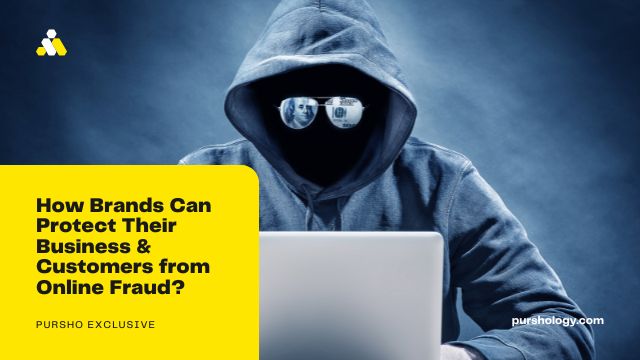With the rise of e-commerce, customers have shifted their shopping habits to digital channels. While this has surely benefited businesses in many ways, it has also increased the risk of digital fraud. As more and more customers engage online, share their data, fraudsters have taken up different tactics for siphoning or withdrawing money where more activity is traced.
In fact, a recent study has revealed that the rise in sophistication of fraudsters is the major challenge businesses face in tackling online financial fraud. In addition, another study has indicated that online payment fraud is estimated to cross $20 billion this year. Now, the burning question is: how can companies protect their customers and themselves from becoming a victim of online fraud?
Well, here’s how.
- Perform a Security Audit
It’s challenging for brands to protect themselves and their customers against fraud if they aren’t aware of the potential risks. Hence, performing a security audit allows the cybersecurity experts to spot the weak points and detect every single vulnerability that might be posing a threat to their business. Besides, having a security check provides your staff, customers and vendors with a thorough assessment of your company’s security status.
- Spot the Sign of Online Payment Frauds
To mitigate the risk of online fraud, it’s crucial for businesses to spot the signs and patterns that hint towards payment fraud. For instance, payment fraud doesn’t need to be of large transactions and might come in the form of several smaller payments made over time. For this, companies should outsource fraud solution companies, such as HPS-Worldwide.com. These companies provide a fraud monitoring solution which helps brands monitor their issuing and acquiring activities in real time. It allows them to generate automatic alerts and actions for customers whenever any suspicious behavior or transaction is witnessed. Thus, when companies invest in these fraud monitoring solutions, it becomes easy for both the employees and the consumers to get aware of potential risks.
- Scrutinize Online Requests
Businesses might not prioritize scrutinizing every online request, but that’s a potential danger, especially in today’s tech world where data breaching is no longer a difficult task. Thus, companies should evaluate all the online requests, even if they seem legitimate or the sender demands payment on exceptional urgency. For instance, cybercriminals make use of terms like account closures or fines in case the payments are not initiated at the earliest. Make sure you have a trained and skilled staff who don’t fall prey for such tactics.
- PCI Compliance
Another major step businesses must take to protect their business is by being PCI compliant. It refers to the technical and operational standards companies follow to secure credit card information provided by cardholders and shared through card processing transactions. The PCI DSS standards were launched in 2006 to manage PCI security standards and provide extended account security throughout the transaction process.
Final Words
While these security measures can help brands to an extent, what businesses need to understand is that fraudsters are constant and will keep evolving their tactics to escape defense systems. Thus, you must stay informed about latest trends and policy developments. After all, reducing exposure to fraud can increase a company’s authorization, conversation rates and bring loyal customers.







